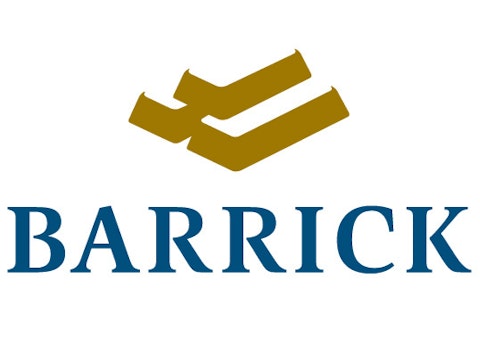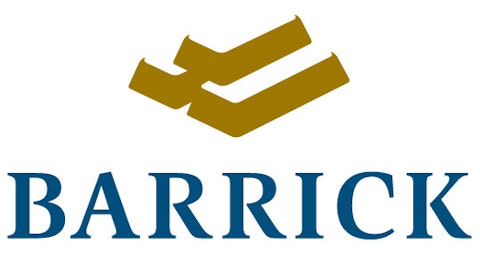The stronger-than-expected U.S. jobs report Friday morning put negative pressure on gold prices, showing that the economy added 236,000 workers to payrolls. While this is some evidence that the economy is improving, it was not sufficient to slow the Federal Reserve’s $85 billion of bond buying as a part of its current course of quantitative easing. The news was, however, sufficient to help the U.S. dollar strengthen in global currency trading, another bearish signal to the gold market. Competing with the negative factors, and fueling the upward pressure created by QE3, is the looming question of the sequestration cuts.

The jobs report
The estimate for this jobs report had been a consensus of 160,000, meaning that the number reported by the U.S. Labor Department was a fairly significant beat. The unemployment rate fell to 7.7% from 7.9% a month earlier and represents the lowest figure seen since December 2008 . While many remain skeptical of these statistics — fearing poor measurement or outright manipulation — the number drives some critical decisions, thus making it important regardless.
To put the figure into further context, it is well above the three-month average through January of 195,000. Unfortunately, the figure is still below the 250,000 jobs per month that many economists believe is required each month if the unemployment level is to steadily fall back to more acceptable levels. In this respect, it is a positive sign, but we still have a long way to go.
The Fed and the global market
Speaking of what the number is not, it is not sufficient to mark an end, or even slowing to the Fed’s current course of bond buying. The central bank has made clear that it is unlikely to change course until a sustained unemployment level of 6.5% is achieved, or until inflation becomes an issue. While the commonly accepted measures have showed no real signs of inflation, you need only go to the grocery store to see that prices are rising.
Friday morning trading did see the U.S. dollar index jump by 0.9% on the news, as both the yen and euro weakened. Signs of a strengthening U.S. economy are positive for the currency, but dollar strength has been one of the biggest impediments to gold over the last several quarters. Currency strength should be a significant concern to gold traders and investors.
Sequestration concerns
The single biggest threat to the U.S. economy from the sequester is the potential for lost U.S. jobs. The Congressional Budget Office (CBO) estimates that the automatic cuts that went into place last Friday have the potential to cost 1.4 million Americans their jobs. This level of job loss — thereby increasing unemployment — could railroad the fragile recovery. While Wall Street and Main Street alike have not shown dramatic concern, unless some resolution is found in the near term, the impact is likely to be felt.
Competing forces
Given all of the above, there are some significant forces at work on the gold market at present. The strong U.S. jobs report and strengthening dollar are bearish for gold, while continued quantitative easing and the sequestration cuts are bullish. To be fair, there are always countervailing forces at work in the precious metals markets, but these are some very large and very public factors. Even if the forces cancel each other, volatility will likely increase.




